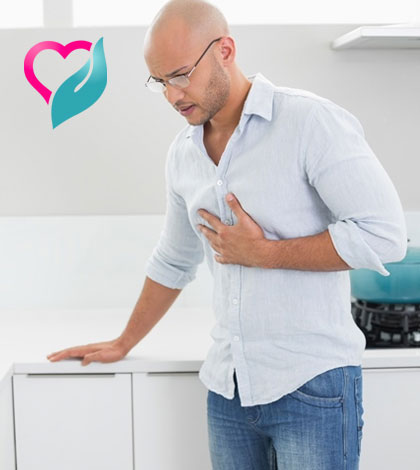Do you know that stroke is the 4th leading cause of death in the US, with one person dying every 4 minutes? It is a serious and life-threatening medical condition that occurs when the blood supply to part of the brain is cut off.
[wp_ad_camp_1]
It can also be a decrease of the blood flow to the brain due to a clot or bleeding. You should treat it on time to reduce the risk of permanent damage to the brain tissue. Please do not waste your time thinking whether you should go to the hospital or not. EHC brings you facts for you to look at and learn how to identify the symptoms and take necessary steps on time. There are treatments for stroke that should be applied within the first three to four hours after the stroke, including drugs that attack the clot. This is why fast response is crucial.
[wp_ad_camp_4]
Stroke Facts
Stroke is also called “cerebrovascular accident”. It is an acute neurological injury. It may be due to blood clot (ischemic) or bleeding (hemorrhagic). It leads to stoppage of blood supply to a part of brain. Oxygen supply is decreased. This initiates 'ischemic cascade'-causes brain cell death/damage. This results in a cerebral stroke. Common causes are high blood pressure, diabetes, cigarette smoking, and heart disease.
Critical Symptoms
If you have any of the following symptoms or notice them in another person, immediately call emergency.
Vision Problems
Stroke can cause double vision, blurred image or complete loss of vision in one eye. People obviously do not know this fact, studies realize that only less than half the population is aware that stroke can cause vision problems.
Speech Difficulty
Even in cases of a mild stroke, it may still cause difficulties in communication, as it often impairs the ability to express and understand the speech. If the person cannot normally pronounce a sentence and mixes the words, the chances he or she suffered a stroke are 72 percent.
[wp_ad_camp_2]
Limb Weakness
After a stroke, the lower limbs usually become weak and harder to control, or even completely paralyzed. The stroke mostly affects the arm or leg on the opposite side of the brain hemisphere that is affected by the stroke. Extend both hands with the palms facing up and hold them in that position for 10 seconds. If one of the arms begins to fall uncontrollably, it indicates weakness in the muscles, which is a sign of stroke.
Dizziness / Loss of Balance
If you suffer from dizziness, nausea, and you cannot move properly, you may have suffered a stroke. Patients often confuse the symptoms of stroke with other medical conditions. Dizziness is sometimes prescribed as a viral symptom, but it can be a completely different sign.
Severe Headache
Sudden and extremely severe headache, which can be categorized as one of the worst you have had, is a common symptom of stroke. This pain in combination with stroke commonly occurs in women and younger people who suffered from migraine in the past.
Distortion of Face
Sudden weakness of the muscles on one side of the face can be a clear indication that you have suffered a stroke. Try to smile or show your teeth. If you cannot control the muscles on one side of the face, it is almost certain that you have had a stroke.
Breathing Trouble & Tachycardia
You cannot get enough air? You feel like your heart skips a beat or your heartbeat is too fast? Studies have shown that these symptoms of a stroke are more common in women than in men.
Emergency Treatment
If you suspect stroke, call emergency medical help. Reassure the patient. Lay the patient down with head and shoulders slightly elevated. If patient is not breathing well do a CPR. Place the patient on the left side if breathing/not responsive. Keep the chin slightly extended.
Never give a suspected stroke victim anything to eat/drink. Do not permit the victim to move.
[wp_ad_camp_3]
Image courtesy: rosemed.com , healthtap.com




























